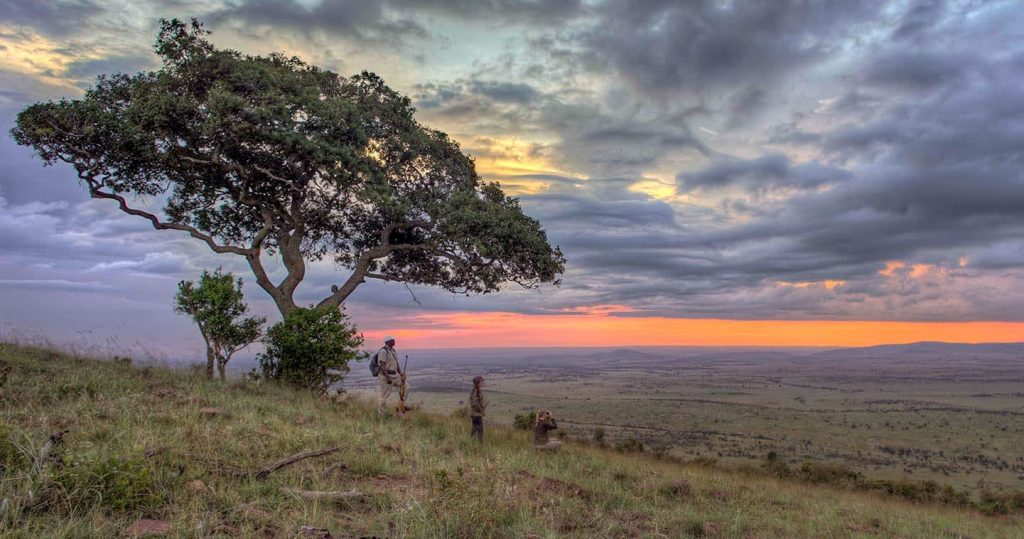Kilimanjaro is one of the most iconic landmarks in Tanzania, renowned for its majestic snow-capped peak and diverse ecosystems. Standing at 5,895 meters, it’s a must-visit for adventure enthusiasts and climbers. Mount Kilimanjaro is famous for its unique climatic zones, ranging from lush rainforests at the base to alpine deserts and glaciers at the summit. The mountain offers several trekking routes, attracting thousands of adventurers each year who seek to reach its breathtaking summit, Uhuru Peak. The stunning views, rich flora and fauna, and challenging hikes make Kilimanjaro a true gem of Tanzania.
Kilimanjaro Mountain
Overview
History of Kilimanjaro Mountain
Mount Kilimanjaro was designated a national park in 1973 and is one of Tanzania’s most celebrated natural wonders. Its name comes from the local Chaga language, meaning “shining mountain.” Kilimanjaro gained international recognition thanks to early exploration and adventure documentaries that showcased its breathtaking beauty and unique ecosystems. The mountain was designated a UNESCO World Heritage Site in 1987 due to its ecological significance and diverse habitats, supporting a wide range of flora and fauna. Kilimanjaro remains a top destination for trekkers and climbers from around the world, drawn by its stunning landscapes and the challenge of reaching its summit, Uhuru Peak.
Best Time to Visit Kilimanjaro Mountain
The best time to visit Mount Kilimanjaro depends on your trekking preferences:
Climbing Conditions: The optimal climbing seasons are:
- January to March: These months offer generally good weather and are popular for trekking, with cooler temperatures and less rain.
- June to October: This is another prime time for climbing, with clear skies and stable weather conditions, making it ideal for reaching the summit.
Wet Season (November to May): While the trails can be muddy and less accessible, this period is great for experiencing Kilimanjaro’s lush landscapes and vibrant flora. Additionally, the lower elevations are teeming with wildlife, and you can enjoy birdwatching with many migratory species present.
Each season offers unique experiences, so your choice will depend on what you hope to see and accomplish during your visit!
Kilimanjaro mountain: What It’s Famous For
Stunning Landscapes: Mount Kilimanjaro is renowned for its breathtaking landscapes, featuring diverse ecosystems that range from lush rainforests at the base to stark alpine deserts and glaciers near the summit. Each zone offers unique flora and fauna, creating an incredible backdrop for trekkers.
Unique Flora and Fauna: While climbing Kilimanjaro, you may encounter various wildlife, including monkeys, elephants, and numerous bird species. The mountain is also home to unique plants like the giant groundsels and lobelias, which thrive in its high-altitude environment.
Cultural Experiences: Trekking Kilimanjaro often includes opportunities to engage with local communities, offering insights into the cultures and traditions of the Chaga people, who live on the mountain’s slopes. These interactions enrich the trekking experience, making it not just a physical challenge but also a cultural journey.
Kilimanjaro Trekking Tours: Adventurers can choose from several trekking routes, each offering different views and experiences. Guided tours provide insights into the mountain’s ecology and geography, enhancing your adventure as you ascend to the iconic Uhuru Peak.
Top Attractions in Kilimanjaro Mountain



